Sodium cyanide, a critical chemical used in various industries, particularly in gold mining and chemical synthesis, is produced through several methods. In China, four primary Production Processes are recognized: the Light Oil Cracking Method, the Anger method, the Sodium Ammonia Method, and the acrylonitrile by-product method. This article delves into the characteristics of the light oil cracking method, which stands out for its efficiency and safety.
Overview of the Light Oil Cracking Method
The light oil cracking method is distinguished by its use of stable light oil as a raw material, which is combined with petroleum coke as a carrier. This method operates at high reaction temperatures, which facilitates the efficient conversion of raw materials into Sodium Cyanide. One of the most notable features of this process is its impressive utilization rate; the process achieves a 100% utilization of light oil, ensuring that all input materials are effectively transformed into products.
High Yield and Efficiency
In addition to its high utilization rate, the light oil cracking method boasts a remarkable process yield of liquid ammonia, exceeding 90%. This high yield is crucial for the economic viability of the production process, as it maximizes the output while minimizing waste. The efficiency of this method not only contributes to the profitability of Sodium Cyanide Production but also aligns with the growing demand for sustainable and resource-efficient manufacturing practices.
Simplified Production Process
The production setup for the light oil cracking method is organized into several key systems, each playing a vital role in the overall process:
Raw Material Storage and Transportation System: This system is responsible for the safe and efficient handling of raw materials, ensuring that light oil and petroleum coke are readily available for the production process.
Reaction Cracking System: At the heart of the production process, this system facilitates the chemical reactions necessary to produce sodium cyanide. The high temperatures and controlled conditions within this system are critical for achieving the desired chemical transformations.
Furnace Gas Treatment System: This system manages the gases produced during the reaction, ensuring that any harmful emissions are treated and do not pose a risk to the environment or human health.
Finished Product Absorption System: Once Sodium cyanide is produced, this system is responsible for capturing and storing the final product, ready for distribution to various industries.
Waste Water and Waste Residue Treatment System: Environmental responsibility is a key consideration in modern chemical production. This system ensures that any waste generated during the production process is treated appropriately, minimizing the impact on the environment.
Safety and Environmental Considerations
Safety is paramount in the production of sodium cyanide, given the toxic nature of the chemical. The light oil cracking method employs a closed-loop production approach, which significantly reduces the risk of leaks and exposure to hazardous materials. By maintaining a micro-negative pressure operation, the system ensures that any potential emissions are contained within the production facility.
Continuous system production further enhances safety, as it allows for real-time monitoring and control of the production process. This proactive approach to safety management not only protects workers but also ensures compliance with stringent environmental regulations.
Conclusion
The light oil cracking method for sodium cyanide production in China exemplifies a modern approach to chemical manufacturing, characterized by high efficiency, safety, and environmental responsibility. With its 100% utilization rate of light oil and over 90% yield of liquid ammonia, this method stands out as a leading choice for producers aiming to meet the growing demand for sodium cyanide while adhering to sustainable practices. As the industry continues to evolve, the light oil cracking method is likely to play a pivotal role in shaping the future of sodium cyanide production.
- Random Content
- Hot content
- Hot review content
- QUALITY MANAGEMENT SYSTEMCERTIFICATE
- 31%-36% HCl/Industrial Grade Hydrochloric Acid
- Booster(Detonating insensitive explosives)
- Magneto Electric Detonator(Anti stray current)
- Ammonium Persulfate Industrial Grade 98.5%
- Feed Grade 98.0% Calcium Formate
- Dodecylbenzenesulfonic acid
- 1Discounted Sodium Cyanide (CAS: 143-33-9) for Mining - High Quality & Competitive Pricing
- 2Sodium Cyanide 98% CAS 143-33-9 gold dressing agent Essential for Mining and Chemical Industries
- 3Sodium Cyanide 98%+ CAS 143-33-9
- 4China's New Regulations on Sodium Cyanide Exports and Guidance for International Buyers
- 5Anhydrous Oxalic acid 99.6% Industrial Grade
- 6Oxalic acid for mining 99.6%
- 7Reagent Grade/Industrial Grade Hydrochloric Acid min.31%
- 1Sodium Cyanide 98% CAS 143-33-9 gold dressing agent Essential for Mining and Chemical Industries
- 2High Quality 99% Purity of Cyanuric chloride ISO 9001:2005 REACH Verified Producer
- 3 High-Quality Sodium Cyanide for Leaching
- 4Powdery emulsion explosive
- 5Industry Grade Electron grade 98% Sulfuric Acid H2SO4 Sulphuric Acid Battery Acid Industrial Sulfuric Acid
- 6Colloidal emulsion explosive
- 7sodium hydrosulfide 70% flakes used Mining Industry

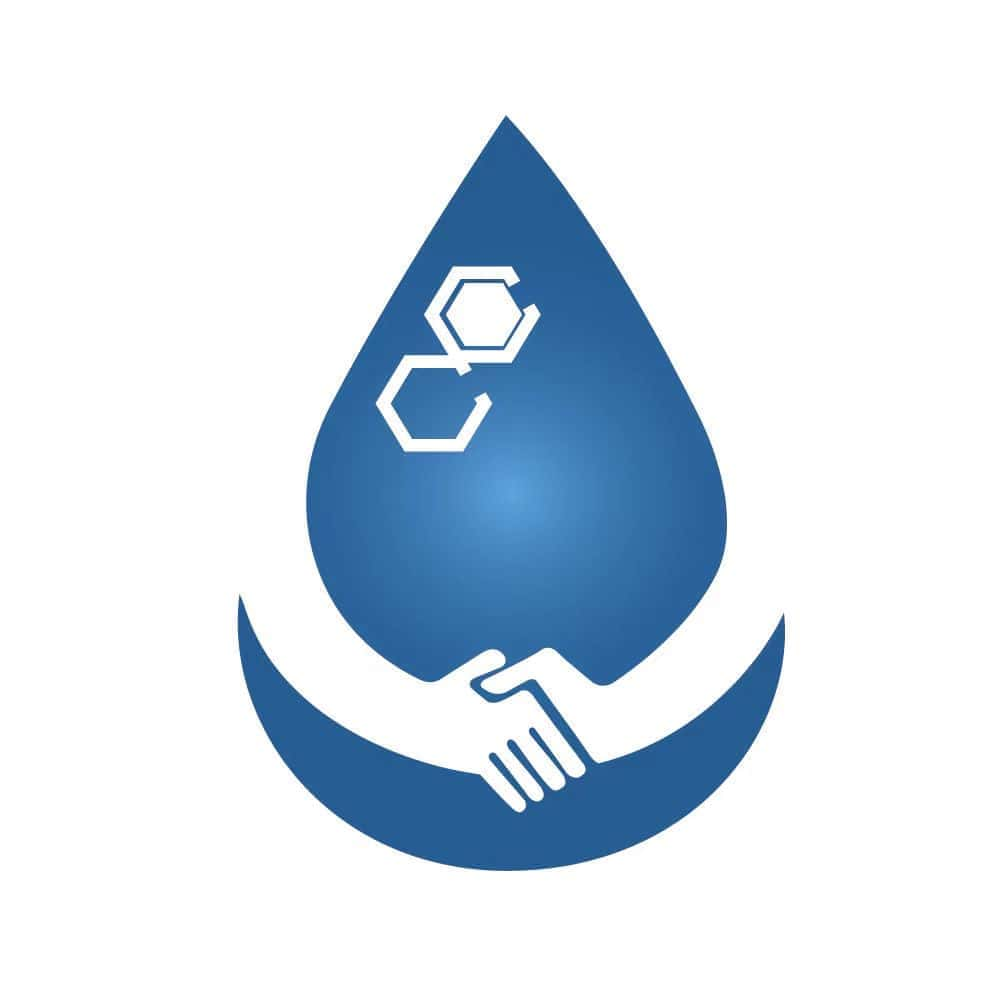
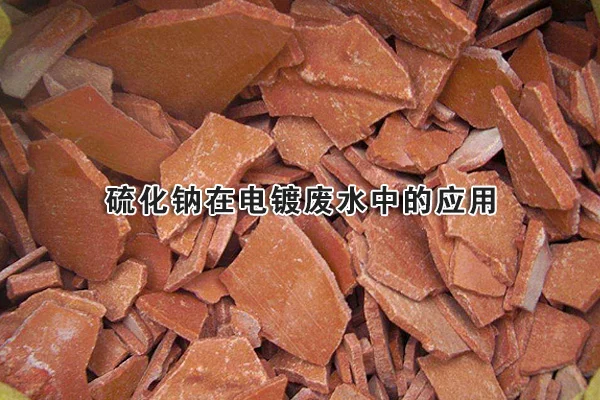

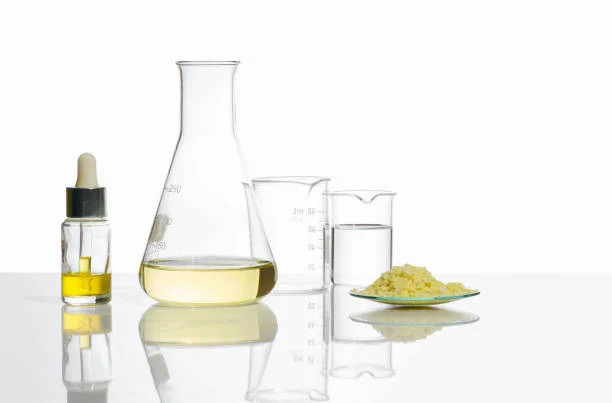
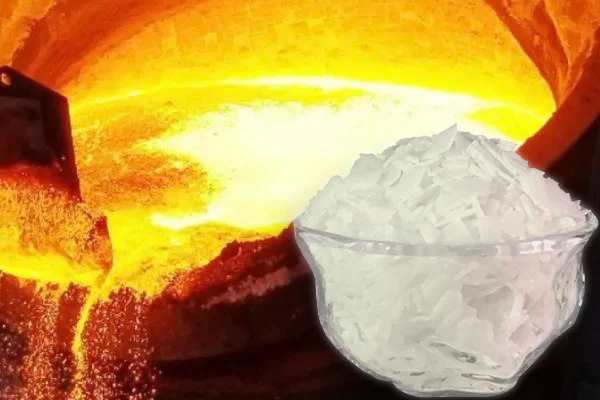

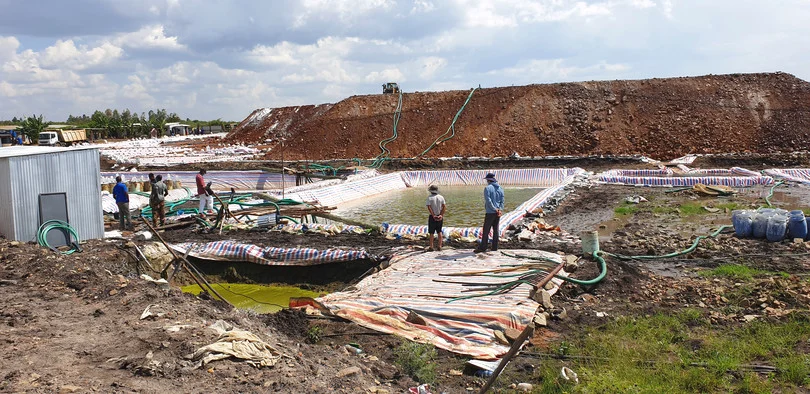




Online message consultation
Add comment: